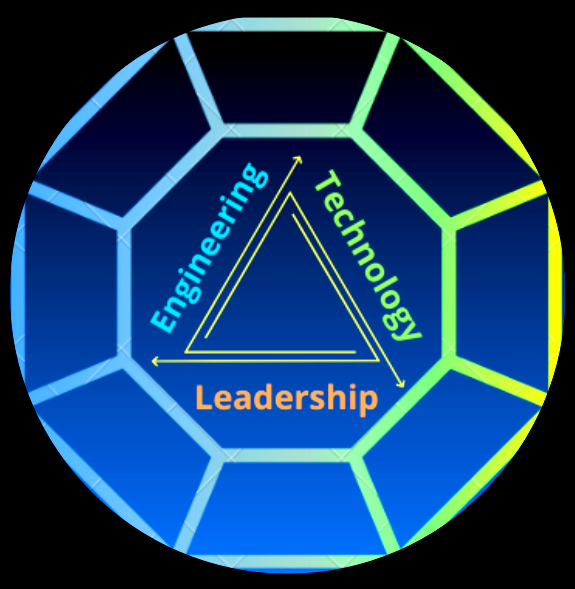
Project Context and Environment
The COVID-19 pandemic triggered a period of rapid, often reactive expansion in digital infrastructure as the global economy faced high uncertainty. In response to soaring demands for reliable trading systems, many FinTech companies—ours included—scaled quickly to maintain competitive advantage and market share.
Amid this acceleration, we identified critical cybersecurity threats within our software architecture, largely caused by outdated Python libraries. These legacy dependencies left the system vulnerable to external attacks and introduced over 150 single points of failure (SPoFs) in essential services such as transaction processing, credit scoring, risk analytics, and customer onboarding.
The architecture was built from independently developed microservices, each managed by a different engineering team. However, these teams often operated in functional silos, with limited visibility into how their components interacted with others. This created operational blind spots and increased the risk of cascading failures.
To make matters more complex, we had to navigate this remediation while ensuring the protection of sensitive and proprietary financial data, including Personally Identifiable Information (PII) and internal algorithmic models.
My Role as the Project Manager
In this high-risk, high-speed environment, I led the Software Remediation Initiative. My responsibilities included:
Identifying and cataloging legacy Python dependencies across all systems.
Mapping applications and team interdependencies to coordinate simultaneous upgrades and reduce risk.
Leading a hybrid agile framework to execute vulnerability remediation efficiently.
Managing stakeholder expectations and minimizing production disruptions.
Ensuring compliance and sensitive data protection throughout the process.
Resolving inter-team conflicts and aligning resources to meet tight deadlines.
To deliver on these objectives, I designed and executed a coordinated, multi-phase response plan that aligned technical execution with enterprise risk strategy.
Execution Strategy
1. Strategic Assessment & Discovery
Conducted a comprehensive dependency audit using automated scanners and internal documentation to detect outdated libraries.
Collaborated with the DevSecOps, Data Engineering, Payments, Credit Risk, and Customer Systems teams to identify and classify SPoFs by their business impact.
2. Mapping Interdependencies & Team Alignment
Created a dependency interaction map to visualize cross-service linkages.
Facilitated technical alignment workshops to help teams understand how their services could affect others (downstream risks).
Appointed Technical Leads per domain and designated "change captains" within each service group to oversee patch risk analysis and testing coordination.
3. Hybrid Agile Execution
Deployed a hybrid agile model, blending:
Kanban to manage patching backlogs (prioritized by CVSS scores),
Scrum sprints for cross-team QA and release testing,
CI/CD pipelines with automated vulnerability gates to block unsafe deployments.
Used virtual environments and sandbox testing to ensure patches were secure and isolated before rollout.
Managed project workflows via JIRA, documentation through Confluence, and standup sessions for rapid team communication.
4. Sensitive Data Risk Mitigation
Integrated role-based access control (RBAC) and data masking in test environments to protect PII and proprietary models during patching.
Verified end-to-end encryption (in transit and at rest) remained fully intact after updates through regression security testing.
Partnered with legal and compliance to align remediation with data governance standards such as ISO/IEC 27001 and SOC 2.
Results and Impact
As a direct outcome of this cross-functional, risk-aware approach:
★ Vulnerability Reduction
95% drop in critical vulnerabilities
67% reduction in high-severity threats
20% reduction in medium risks
42% drop in low-priority issues
★ Architectural Resilience
Eliminated 60% of single points of failure
Built a centralized knowledge base to support future vulnerability tracking
★ Operational Gains
Patch cycle time cut by 40%, increasing delivery speed
Standardized a repeatable patch management process across teams
★ Data Security Reinforced
No data breaches or leaks during remediation
Passed post-project audits with full compliance on all security standards
Result Statement
The Software Remediation initiative not only strengthened our infrastructure’s security posture but also proved that with the right leadership, even the most intricate challenges can be managed. Engineering a project design systematically added structure to complexity, and ruling interdependent components turned a tangled web of fragmented architecture into an integrated, interoperable, and robust system. The project leveraged my importance to orchestrate technical leadership across interdisciplinary fields. Aligning engineering precision with enterprise continuity for compliance is what I meant by Power in delivery.
